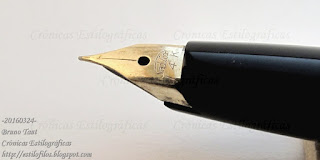The brand Mitsubishi is well known for a number of products and services available in the market. So, we can buy a Mitsubishi Pajero, open an account in the Bank of Tokyo-Mitsubishi-UFJ, drink a Mitsubishi cider, write with a Mitsubishi UNI pencil on a paper with a THREE DIAMOND watermark… and even more without realizing we still were in the Mitsubishi realm: a picture with a Nikon camera, a Kirin whisky,…
Mitsubishi is all that and more. But Mitsubishi is, first, three very different things.
Mitsubishi is the Mitsubishi Group of Companies, a keiretsu of companies operating in a very wide variety of fields. It all started in 1870 by the hand of Yatarô Iwasaki as a freight transporter. Around 1913, the company registered the well known logo with the three diamonds. Among the fields included in the activities of the Group we can find finances, nuclear technology, cars and industrial vehicles, paper milling… Some of the companies in the Group use the three diamond logo, but not all of them.
A second company by the same name is Mitsubishi Pencil Co. This has no ties with the big Mitsubishi Group. The pencil company was founded in 1887 by Jinroku Masaki as Masaki Pencil Co. (Masaki Enpitsu), and in 1903 he registered the three diamond logo based on the family crest. The activities of this company, soon to celebrate its 130 years of history, are limited to the production of writing tools, but not of paper.
Finally, Mitsubishi is also the name of a cider –in the Japanese meaning of it, a non-alcoholic, carbonated soda—produced by the company Konyusha, from Kumamoto, unrelated to the Mitsubishi keiretsu. It was founded in 1883 and registered the three diamond logo in 1919.
So, there we have three different companies using the same name and the same logo. No wonder, then, the existence of the Mitsubishi Corporate Name and Trademark Committee to control and prevent any fraud in the use of both name and logo. But the problem and the confusion are deeply rooted.
Romillo Essential Black – Montblanc Racing Green
Bruno Taut
Nakano March, 2016
etiquetas: Mitsubishi Pencil, Mitsubishi Paper Mills, papelería
Bruno Taut
Nakano March, 2016
etiquetas: Mitsubishi Pencil, Mitsubishi Paper Mills, papelería

















































